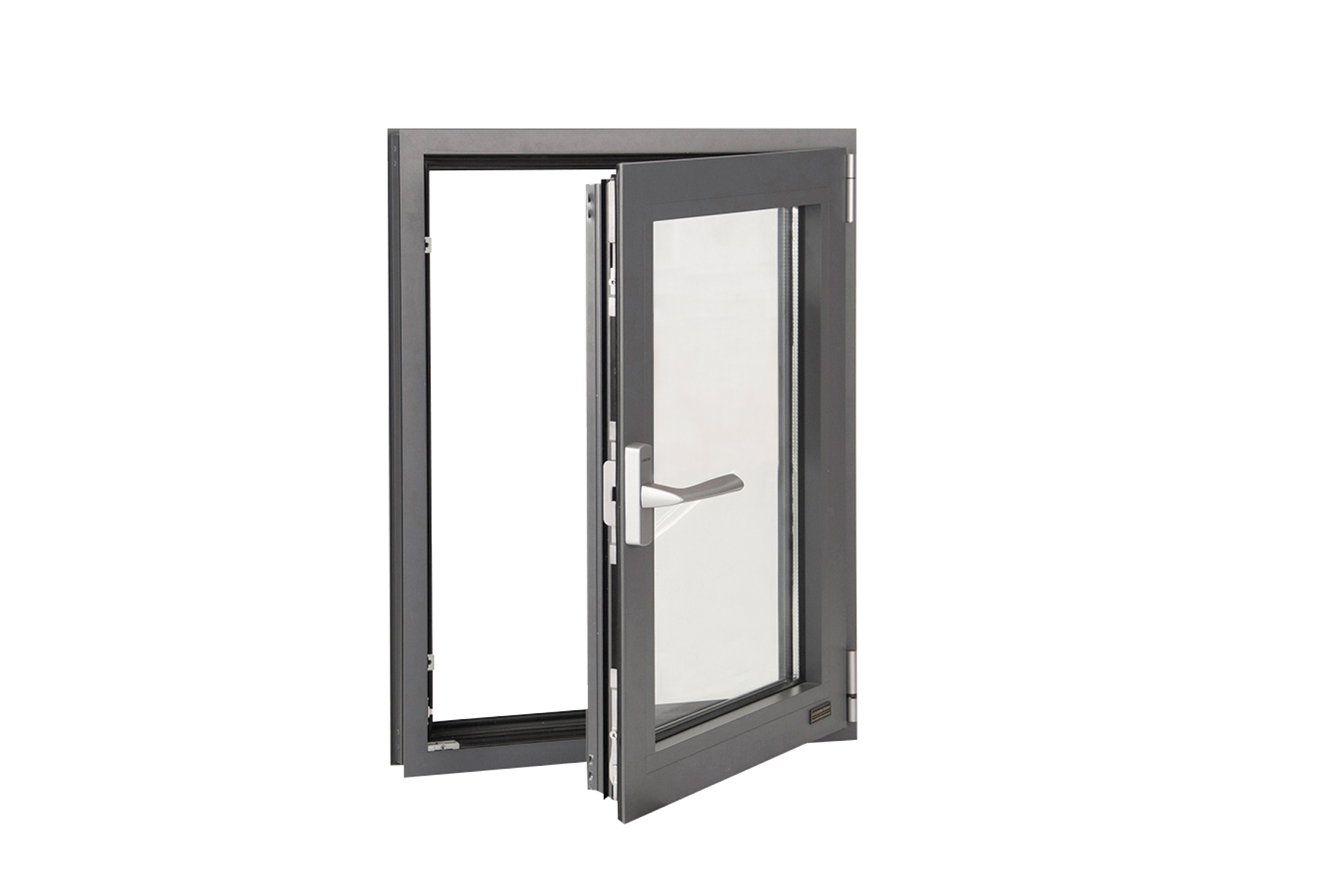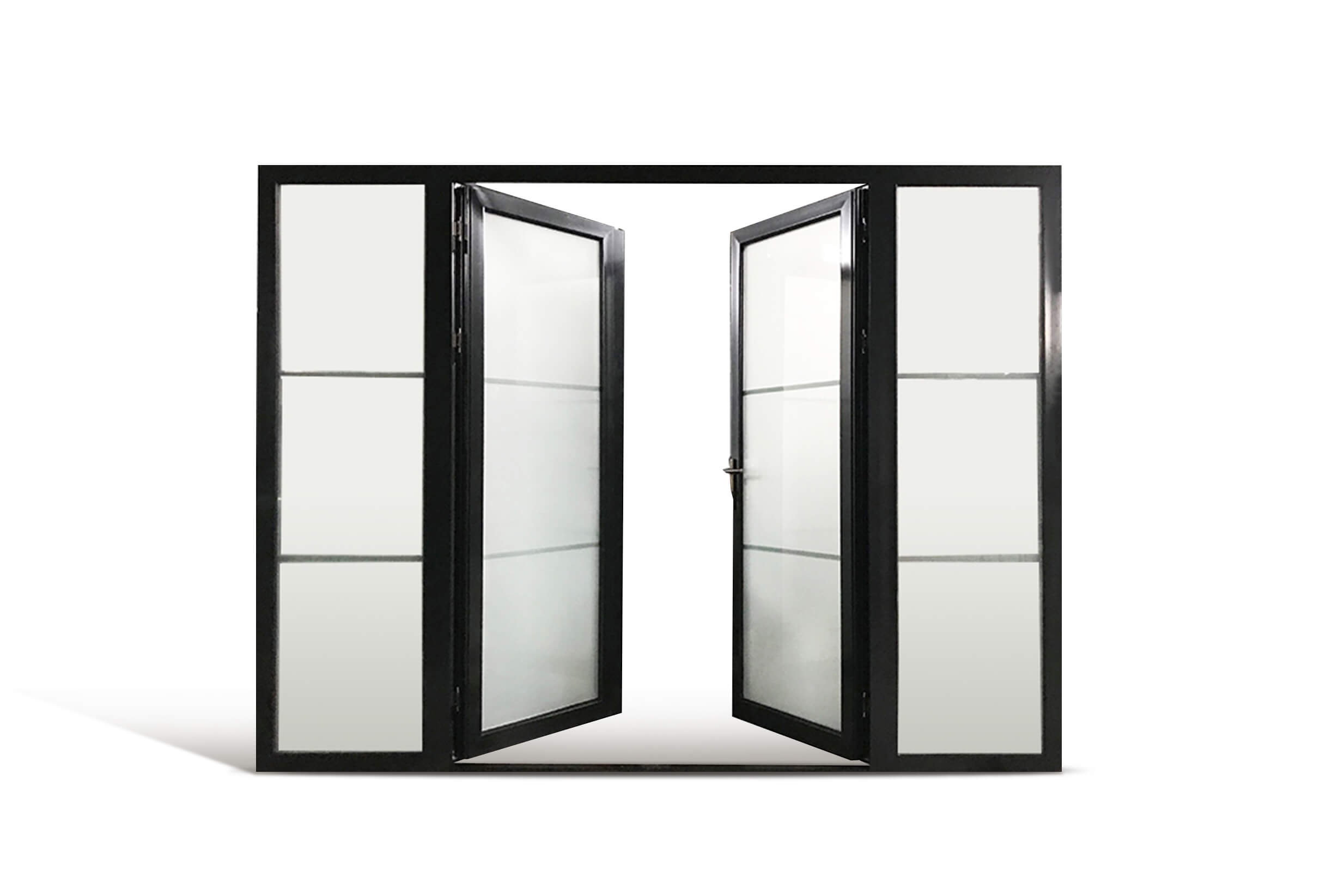Exploring the Hidden Wonders: Secret Passage Doors
Are you fascinated by secret passageways and hidden rooms? Imagine stepping into a seemingly ordinary room only to discover a concealed door leading to a hidden space. From mansion owners to mystery enthusiasts, secret passage doors have captivated people's imaginations for centuries. In this blog post, we will dive into the fascinating world of hidden doors and explore the various types, designs, and intriguing stories behind them.
The Art of Concealment
Building a hidden door is an art form that requires careful planning and craftsmanship. Architects and designers have employed various techniques over the years to create discreet passageways that seamlessly blend into their surroundings.
One popular approach is the bookcase door, a classic design that disguises an entryway as a functional bookshelf. With shelves filled with books, trinkets, and strategically placed hinges, these secret passage doors are indistinguishable from regular shelves - until you discover the hidden latch to reveal a hidden room.
Another impressive design is the mirror door, which conceals an entrance within a large wall mirror. These doors are ideal for locations where space is limited, as the mirror serves a dual purpose while hiding a secret room behind it. Whether it's a dressing room or a private study, this clever design adds a touch of mystery to any space.
Historical Hidden Doors
The concept of secret passage doors dates back centuries and has been utilized by various historical figures. One famous example is the hidden door found in the Palace of Versailles, France, built during the reign of Louis XIV. This secret passageway allowed the king to move discreetly between his private chambers and other areas of the palace.
An equally intriguing historical hidden door can be found in Thomas Jefferson's Monticello estate in Virginia, USA. Jefferson was known for his love of architecture and design, and he incorporated a hidden door in his study. Disguised as a bookshelf, the hidden door granted Jefferson access to a small retreat where he could relax and contemplate.
Modern-Day Applications
Today, hidden doors are not limited to grand estates or historical sites. Many homeowners and architects have embraced the concept, incorporating hidden doors in their designs to add a touch of elegance and intrigue.
One modern application of hidden doors is in contemporary homes. These doors can be installed to create hidden entrances to private offices, walk-in closets, or even children's playrooms. Such hidden spaces not only offer practicality but also ignite a sense of adventure and wonder in both children and adults alike.
In commercial settings, hidden doors can be used to create exclusive or VIP areas within a larger space. From upscale restaurants to trendy nightclubs, these secret passages offer a unique experience for select clientele, fostering an air of exclusivity and excitement.
Unlock the Secrets
Whether you are someone who dreams of having a hidden room in your home or simply appreciates the artistry behind hidden doors, exploring the world of secret passage doors is a captivating journey. From historical wonders to modern-day applications, these concealed entryways continue to amaze us with their blend of functionality and mystery.
So, why not delve into the enchanting world of hidden doors and unlock the secrets they hold? Who knows, you might just discover a hidden door in your own home or find inspiration to create your own magical passageway!
custom hidden door

 Picture Windows
Picture Windows Single Double Hung Windows
Single Double Hung Windows Tilt & Turn Windows
Tilt & Turn Windows Sliding Windows
Sliding Windows Bi-Fold Windows
Bi-Fold Windows Gliding Patio Doors
Gliding Patio Doors Bi-Fold Doors
Bi-Fold Doors Lift and Slide
Lift and Slide  Entry Doors
Entry Doors Swinging Doors
Swinging Doors




.jpg)
.jpg)